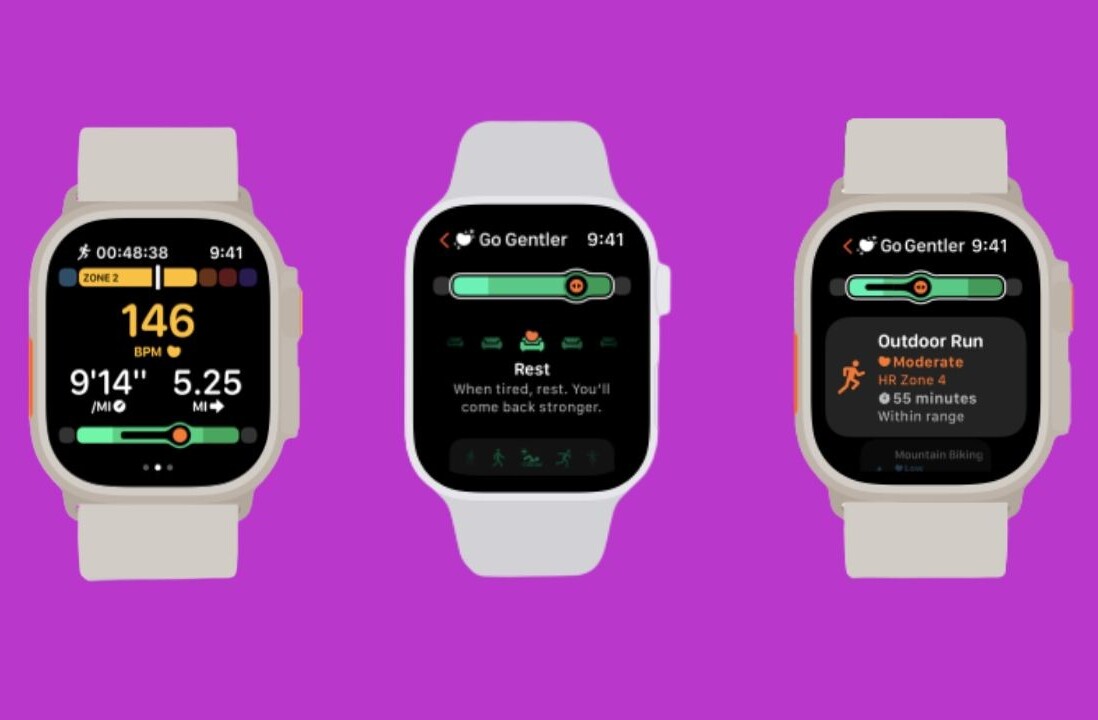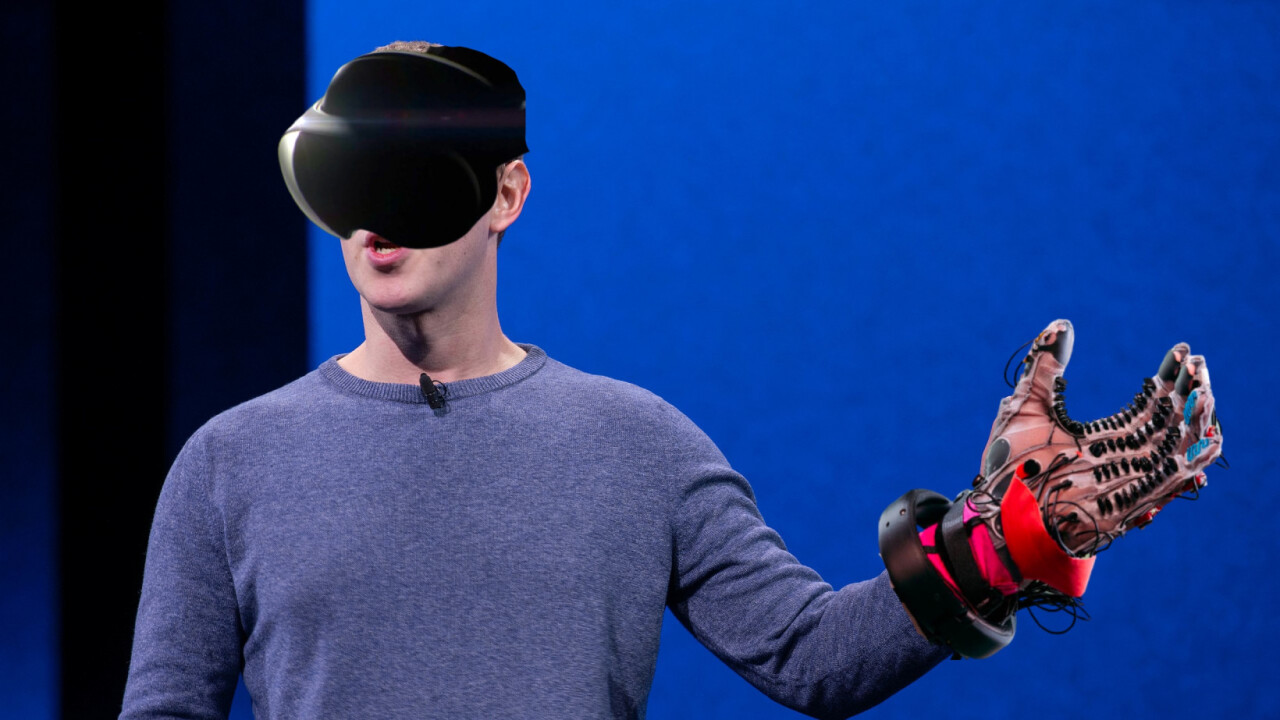
Facebook has rebranded itself to Meta, and is fully committed to building a metaverse. To achieve its grand vision, it’ll need to launch multiple groundbreaking devices, controllers, and supporting hardware.
The company has already shown off some concepts and research projects in this area, and some of them are fascinating.
Here’s a list of what we’ve seen so far:
Haptic gloves
In its series of prototype devices, gloves with haptic feedback for VR. These gloves are meant to make you ‘feel’ grabbing an object or running your hand along a surface in the virtual world.
To achieve this, Meta’s engineers have placed newly designed soft actuators. These are soft motors all over the glove that move in concert to generate physical sensations when you’re wearing the gloves.
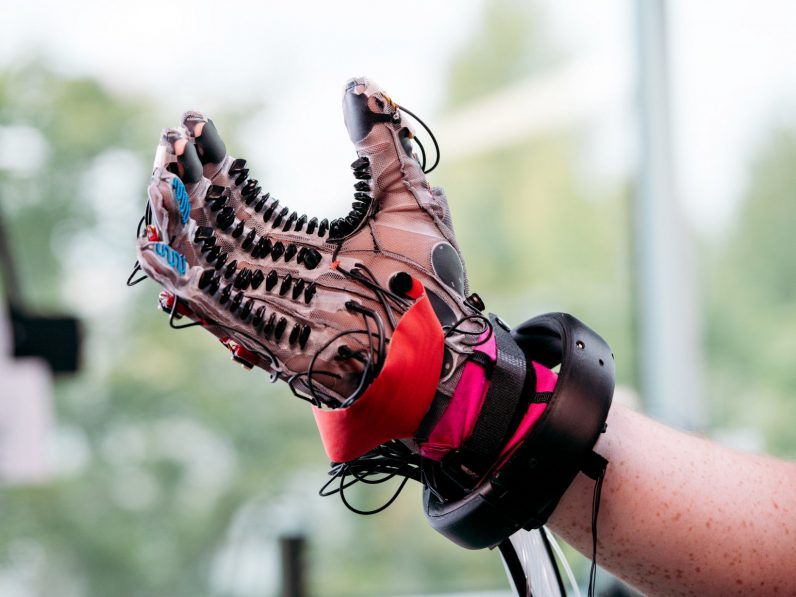
The gloves also have a microfluid chip to control airflow to move these actuators. Meta says that this tech will create a sensation in your hand based on the virtual object’s texture, weight, and stiffness. So technically, you’ll be able to ‘feel’ differently when you pick up a feather or a metal ball in the virtual world.
The company said its engineers have been working on these gloves for more than seven years, and they’re not ready for consumer release yet.
Project Cambria
One of the key pieces of stepping into the metaverse is a headset. While Facebook already has a popular product in Oculus Quest 2, it has already expressed its intention of releasing a more powerful device.
The new headset, codenamed Project Cambria, will be a high-end device with a matching price tag. Reports have suggested that this might be the rumored Oculus Pro with a powerful processor, high-resolution screen, and improved hand tracking.
Mark Zuckerberg said last month that the firm plans to unveil this headset next year. So thankfully, we don’t have to wait for long.
ReSkin
Meta’s efforts are not just about making us ‘feel’ objects in the virtual world. It’s also working on making robots feel through artificial skin.
The company’s AI division worked with researchers from Carnegie Mellon University to develop a 2-3mm thick tactile sensor named ReSkin.
ReSkin is capable of detecting forces as low as 0.1 newtons from objects that are 1mm wide. This makes it an ideal material for robot hands, tactile gloves, or arm sleeves.
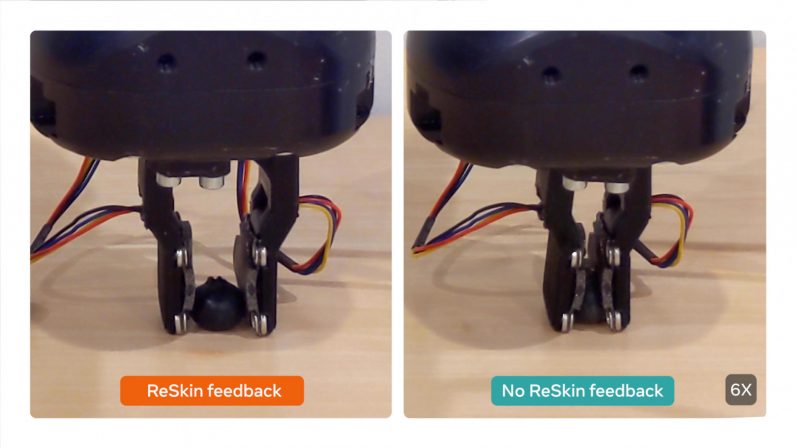
This artificial skin relies on magnetic signals instead of an electrical connection so that only detecting electronics have to be near the surface.
Meta said that it costs them around $6 each to produce 100 units, and the price point could get cheaper if the company mass produces it. This makes it easier to replace faulty or worn-out patches.
You can read technical details about ReSkin here.
Wrist-based controllers for AR
VR and MR headsets are the first frontiers of the metaverse, but every company wants to be part of a future that has sleek AR glasses.
Apart from glasses, you will also need some kind of controller to interact with objects in AR. In March, Meta showed off wrist-based bands that detect hand movements.
These concept wrist bands use electromyography (EMG) to detect electric signals generated by wrist movements and translate them into commands.
Initially, this tech will detect gestures such as pinching of fingers and releasing them.
The company claimed that the tech could detect signals even when your fingers have moved a millimeter. That could be useful to develop an algorithm that works just on the intention of the movement.
For example, your AR glasses can project a keyboard on any flat surface, and with the help of the wristbands, it’ll be able to detect all your keystrokes. That sounds fancy.
In its demo, the company highlighted two prototypes named Bellowband and Tasbi (Tactile and Squeeze Bracelet Interface). For Bellowband, it used eight pneumatic bellows to control the air within them and generate haptic sensations.
On the other hand, Tasbi uses six vibrotactile actuators and a unique wrist squeeze mechanism.
Meta tested these bands with different scenarios such as pressing virtual buttons or feeling the texture of different surfaces.
The company also wants to use haptics to give you feedback on the exercises you’re performing, such as pulling a virtual arrow correctly with a virtual bow.
Project Aria
Meta might be gunning for AR supremacy, but its first concept project in the path is rather meek. Last year, it unveiled its wearable glasses under the codename Project Aria.
This year, we got to know more about this ‘sensor platform,’ thanks to a report by Protocol. These glasses don’t have any head-mounted display. So, no Google Glass type action or AR effects.
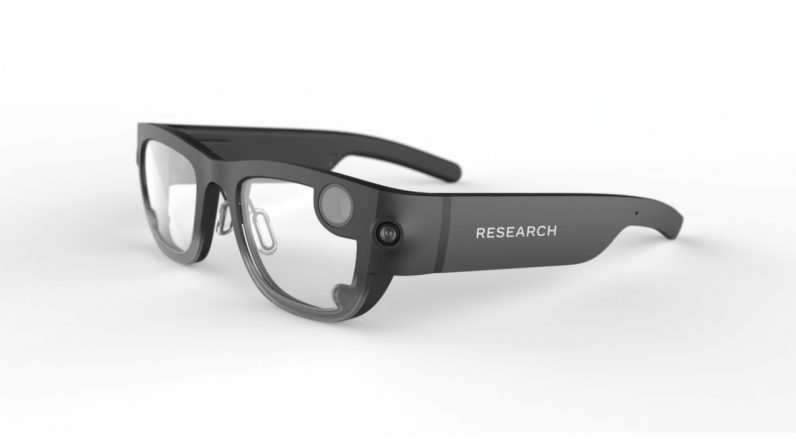
In terms of sensors, it has our cameras and three buttons for power, capture, and mute. At best, this looks like a Snap Spectacles competitor.
What’s next
For now, this is all we know about Meta’s device strategy for the metaverse. While some gadgets, such as the Project Cambria headset, might arrive next year, other stuff like haptic gloves might take a few years to hit the market.
The company dedicated a fund of $10 billion earlier this year to develop metaverse hardware and software. So don’t be surprised if we see more of these crazy (or creepy) prototypes soon
Get the TNW newsletter
Get the most important tech news in your inbox each week.



